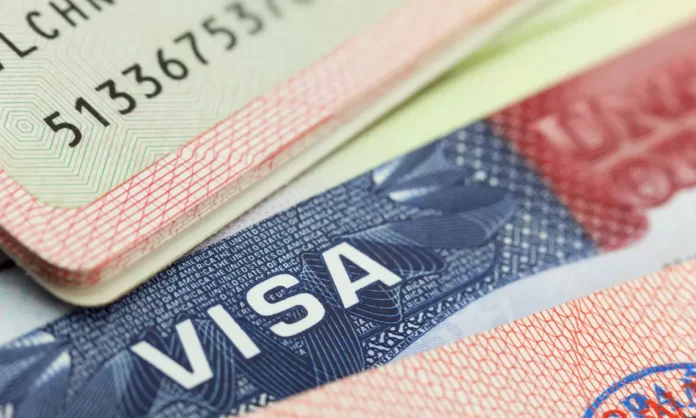To legally enter the United States, every foreign national must obtain a visa—either for short-term stays or long-term residency. The visa type you apply for depends on the purpose of your visit, as outlined by U.S. immigration laws.
Generally, visas fall into two categories: immigrant visas, for those seeking permanent residence, and non-immigrant visas, for individuals intending to stay temporarily for purposes such as tourism, business, education, or employment.
Applicants must prove they meet the eligibility criteria for their chosen visa type. In the case of non-immigrant visas, applicants must also demonstrate that they plan to return to their home country after their permitted stay.
Below are 10 common visa types available for travel to the United States:
1. B-1/B-2 (Visitor Visas – Business/Tourism)
These are the most frequently issued non-immigrant visas. The B-1 is for business-related trips like attending meetings or negotiating contracts, while the B-2 is for tourists, those seeking medical treatment, or visiting friends and relatives. The combined B-1/B-2 visa is often granted to allow both purposes. Applicants must prove their visit is temporary and that they can financially support themselves during their stay.
2. F-1/M-1 (Student Visas)
Student visas are intended for foreign nationals accepted into U.S. educational institutions. The F-1 visa is for academic studies, including English language programs, while the M-1 visa is for vocational or non-academic training. Once admitted, students receive Form I-20, which allows them to apply for their visa and enter the country 30 days before their program begins.
3. R Visa (Religious Workers)
The R visa is available to individuals who plan to work temporarily in the U.S. in a religious role. Applicants must be affiliated with a recognized religious denomination and be entering the country to perform duties related to their faith.
4. B-1/A-3/G-5 (Domestic Employees)
Domestic workers such as housekeepers, nannies, and drivers can apply for a B-1 visa if they’re accompanying a foreign employer visiting the U.S. Employees of diplomats or government officials may qualify for A-3 or G-5 visas.
5. I Visa (Media and Journalists)
This visa is meant for journalists and representatives of foreign media who are temporarily traveling to the U.S. for work purposes. The applicant must be affiliated with an international media outlet that has a home office abroad. Their spouse and children under 21 may join them under a B-2 visa.
6. J Visa (Exchange Visitors)
The J visa is for individuals participating in educational or cultural exchange programs, including teachers, professors, research scholars, trainees, and students. Applicants must be accepted by a program authorized by the U.S. State Department.
7. C/D Visas (Transit and Crew Members)
The C visa is for those passing through the U.S. on their way to another country. The D visa applies to crew members working on ships or aircraft. Sometimes, a B-1/B-2 visa is also required if the individual plans to stay in the U.S. between assignments.
8. L Visa (Intra-Company Transfers)
The L-1 visa is issued to employees of multinational companies who are being temporarily transferred to a branch, subsidiary, or affiliate of their organization in the United States. The L-2 visa is for dependents of L-1 visa holders.
9. O Visa (Individuals with Extraordinary Abilities)
This visa is for individuals who have exceptional abilities in science, art, education, athletics, or the entertainment industry. The O-1 visa allows them to work in their field in the U.S. for a specified time.
10. H Visas (Temporary Workers)
Various H visa categories allow foreigners to work in the U.S. on a temporary basis.
• H-1B: For professionals in specialty occupations.
• H-1B1: For citizens of Chile and Singapore under a trade agreement.
• H-2A: For seasonal agricultural laborers.
• H-2B: For non-agricultural workers, both skilled and unskilled.
• H-3: For individuals seeking training not available in their home country.
Understanding the visa types and their requirements is crucial for a successful U.S. visa application. Each visa serves a specific purpose, so applicants must clearly outline the reason for their visit and provide supporting documentation.



